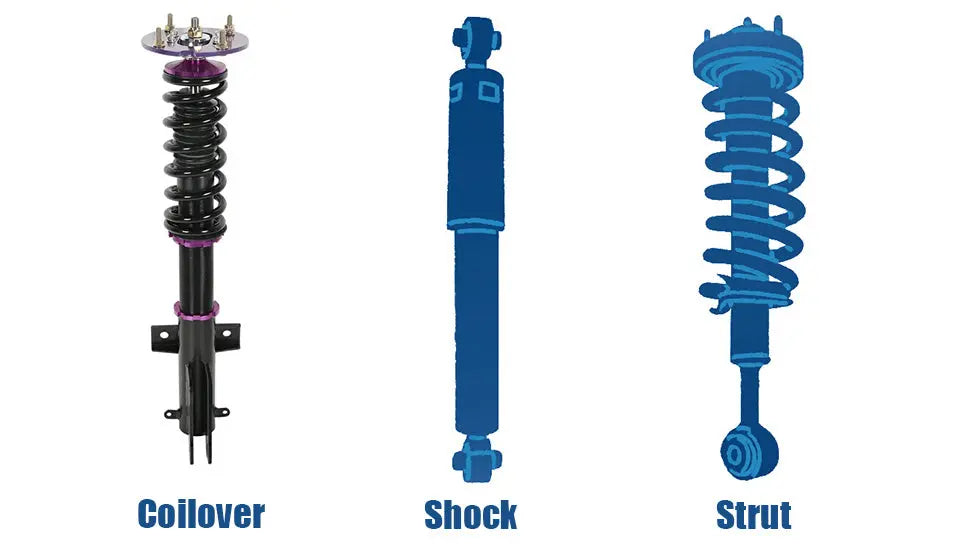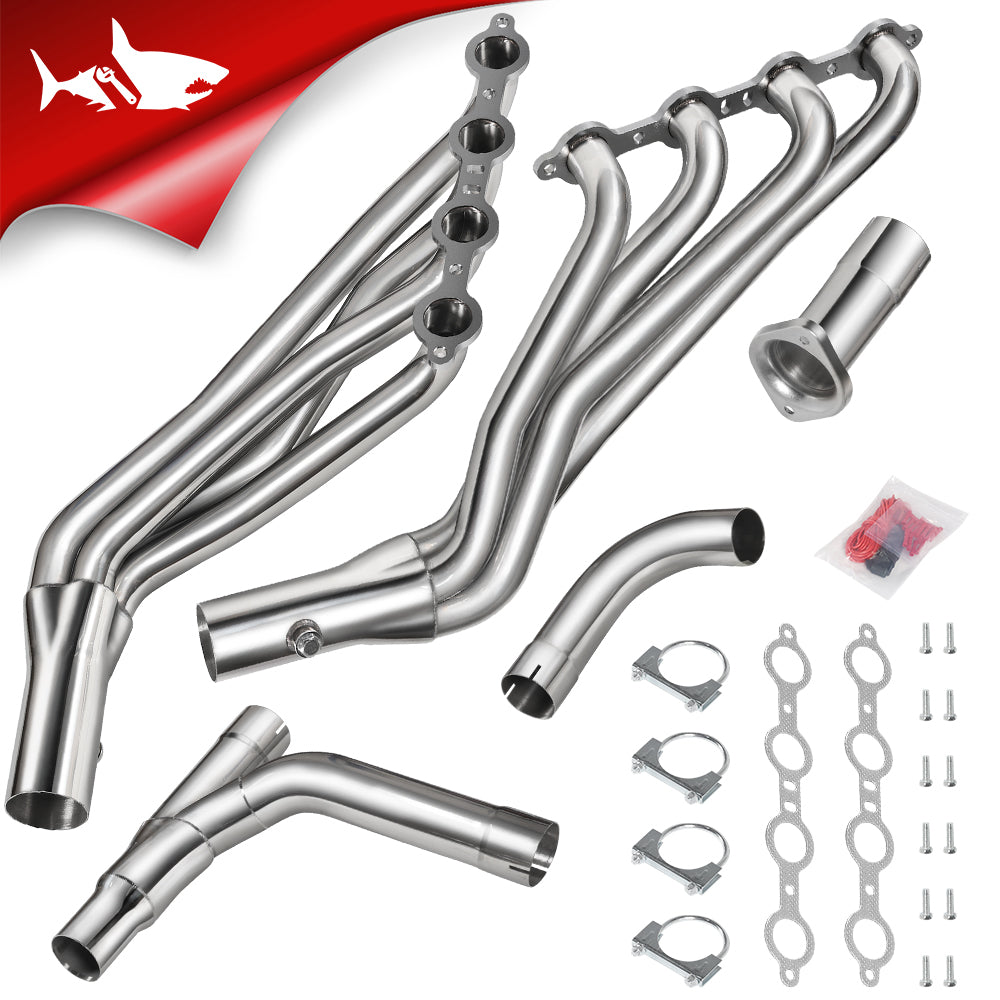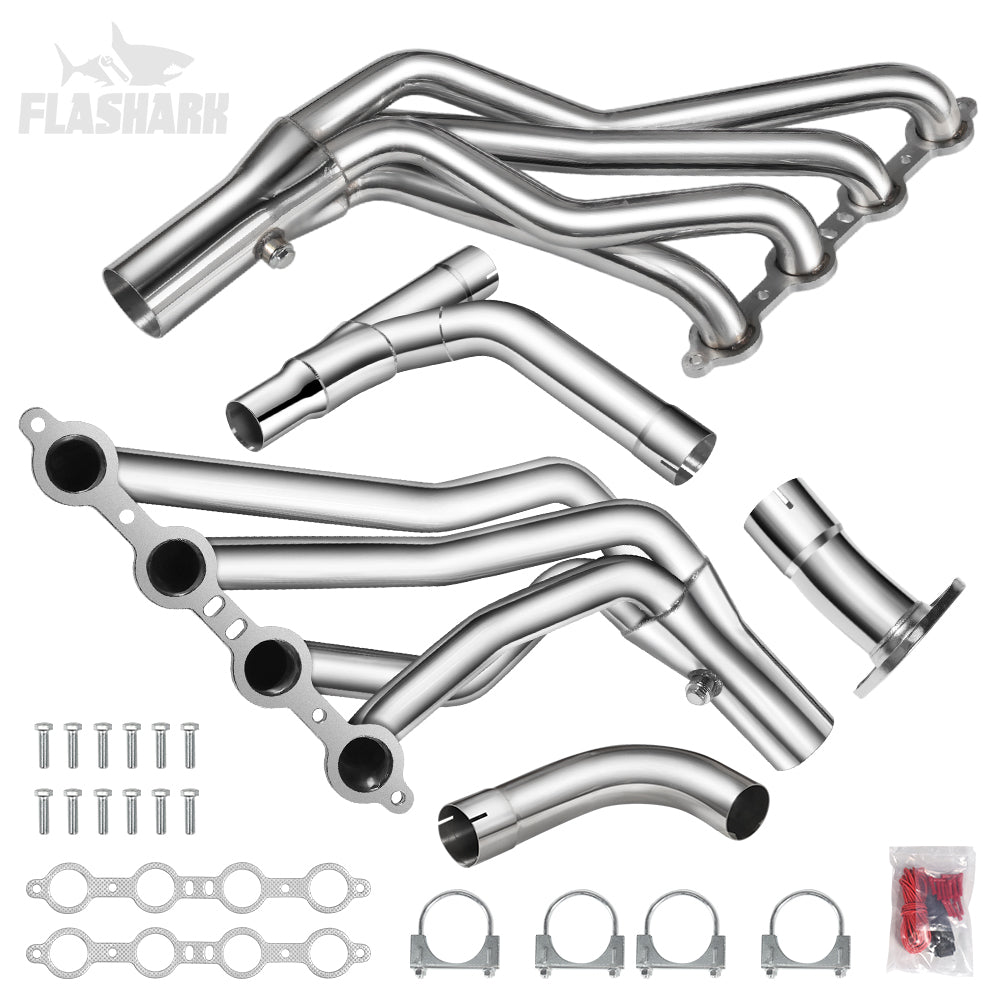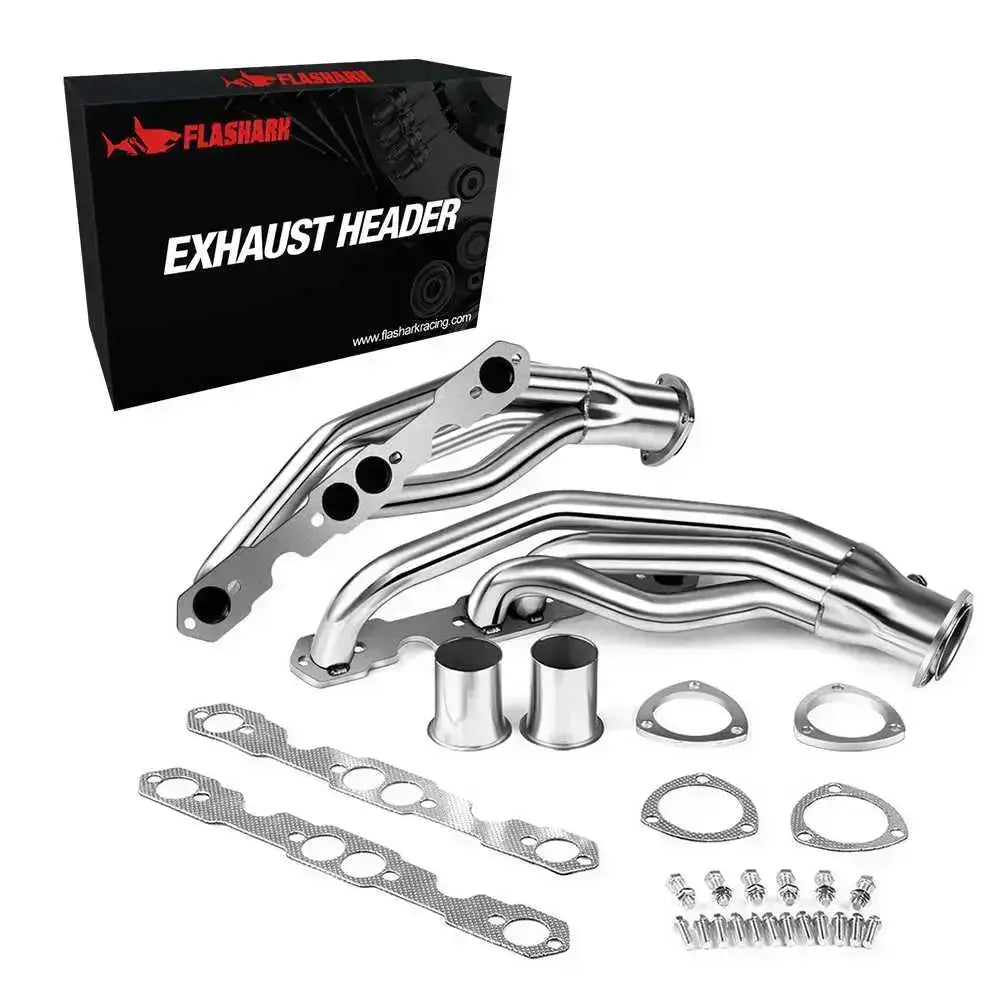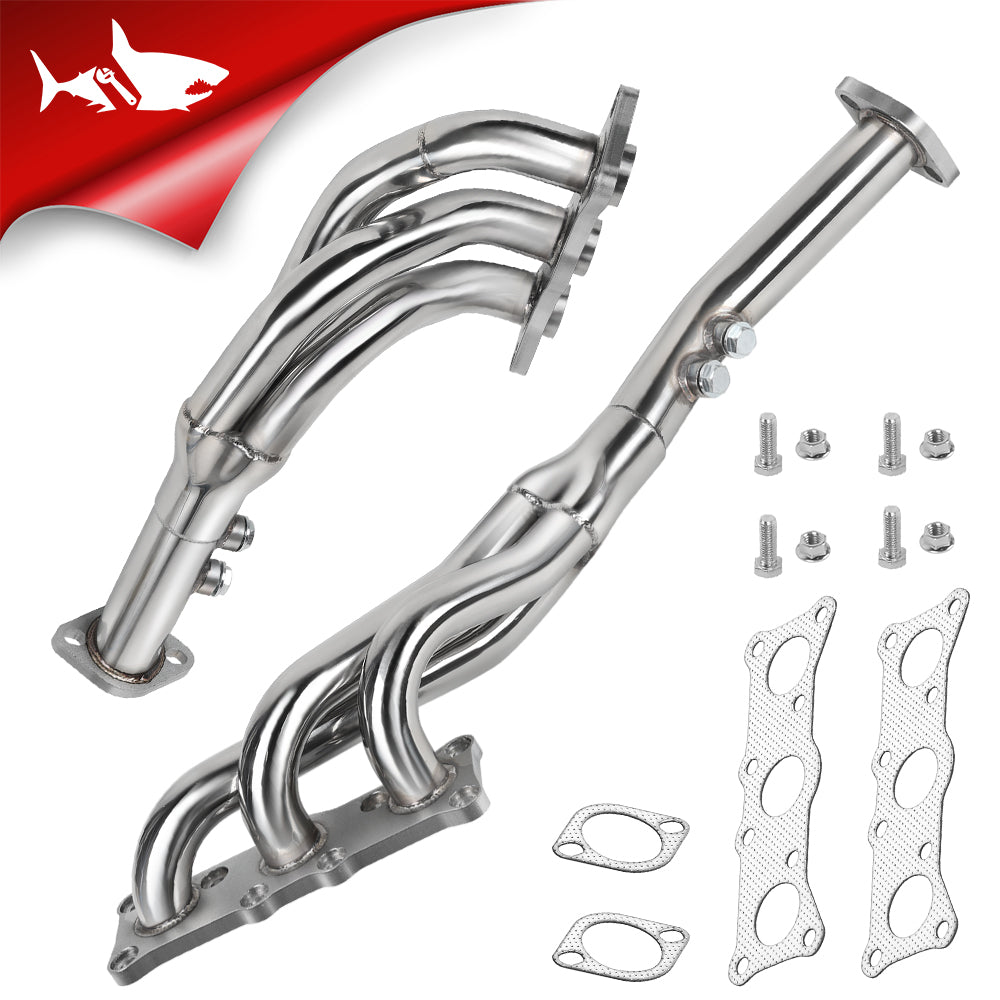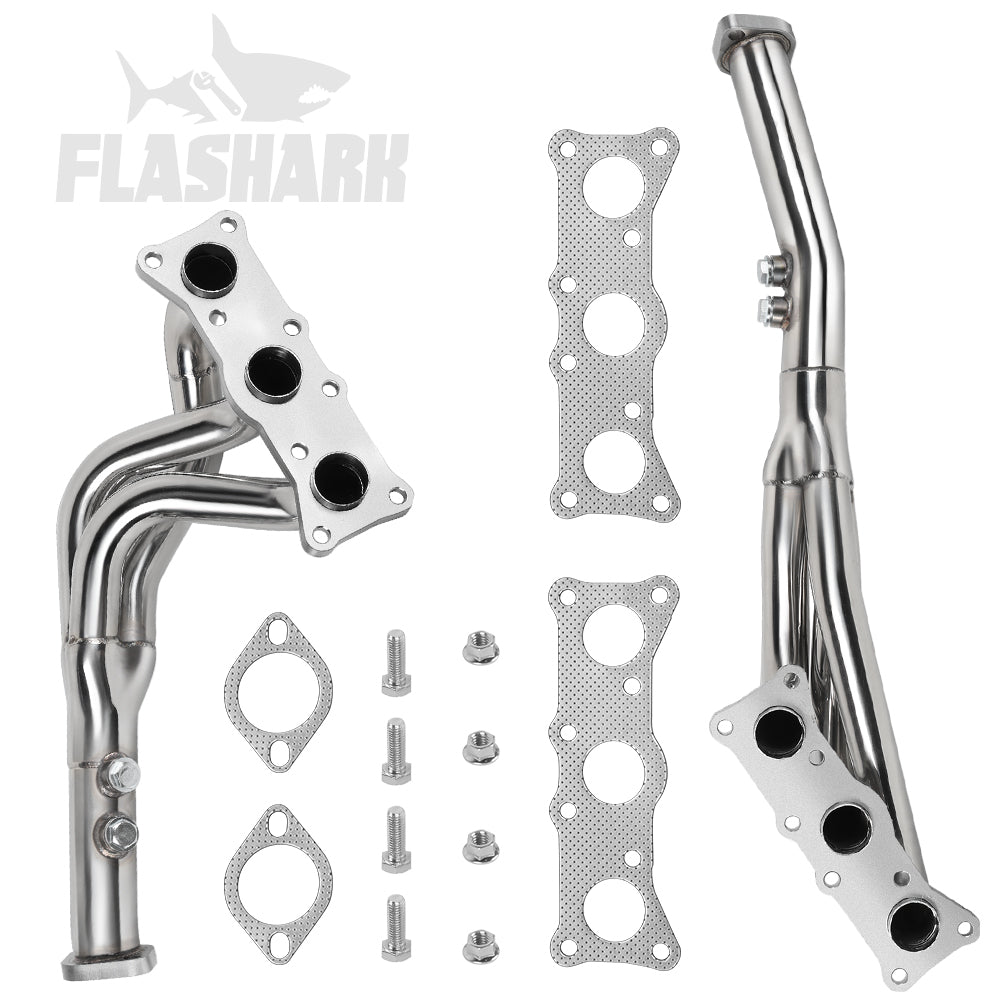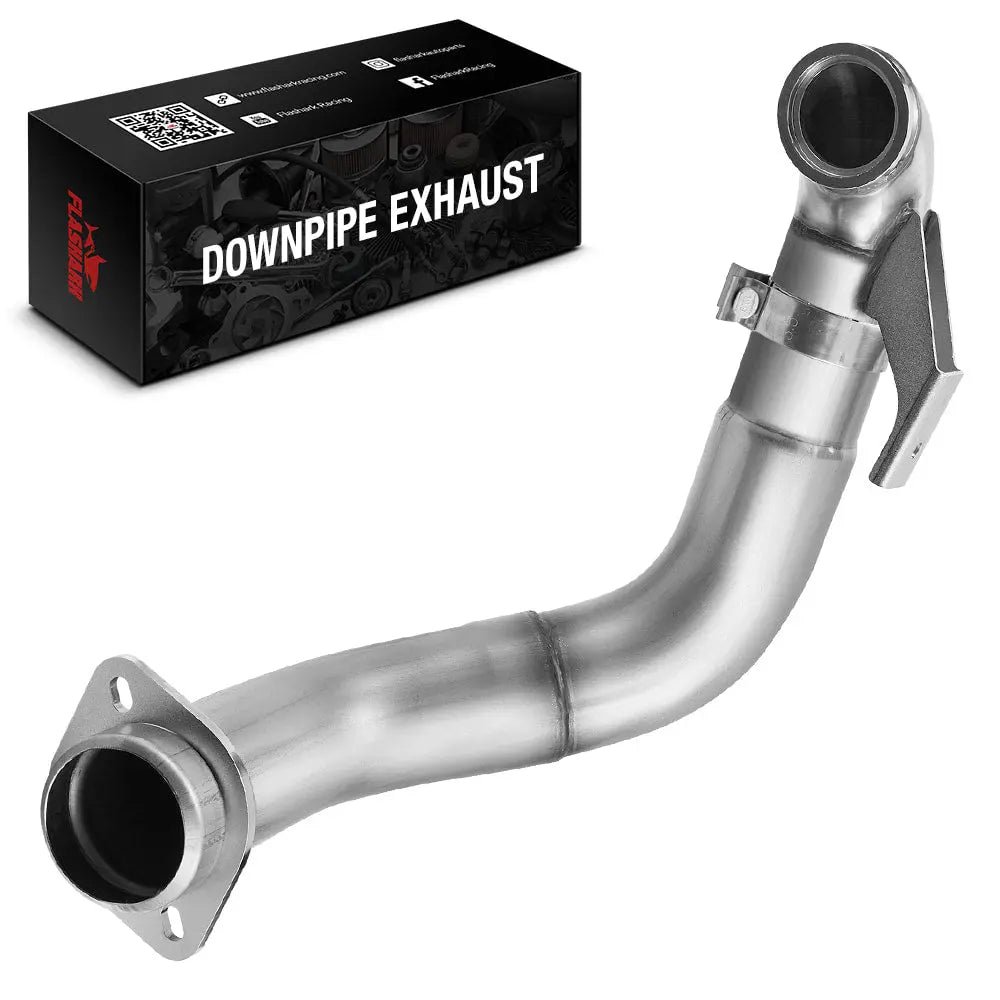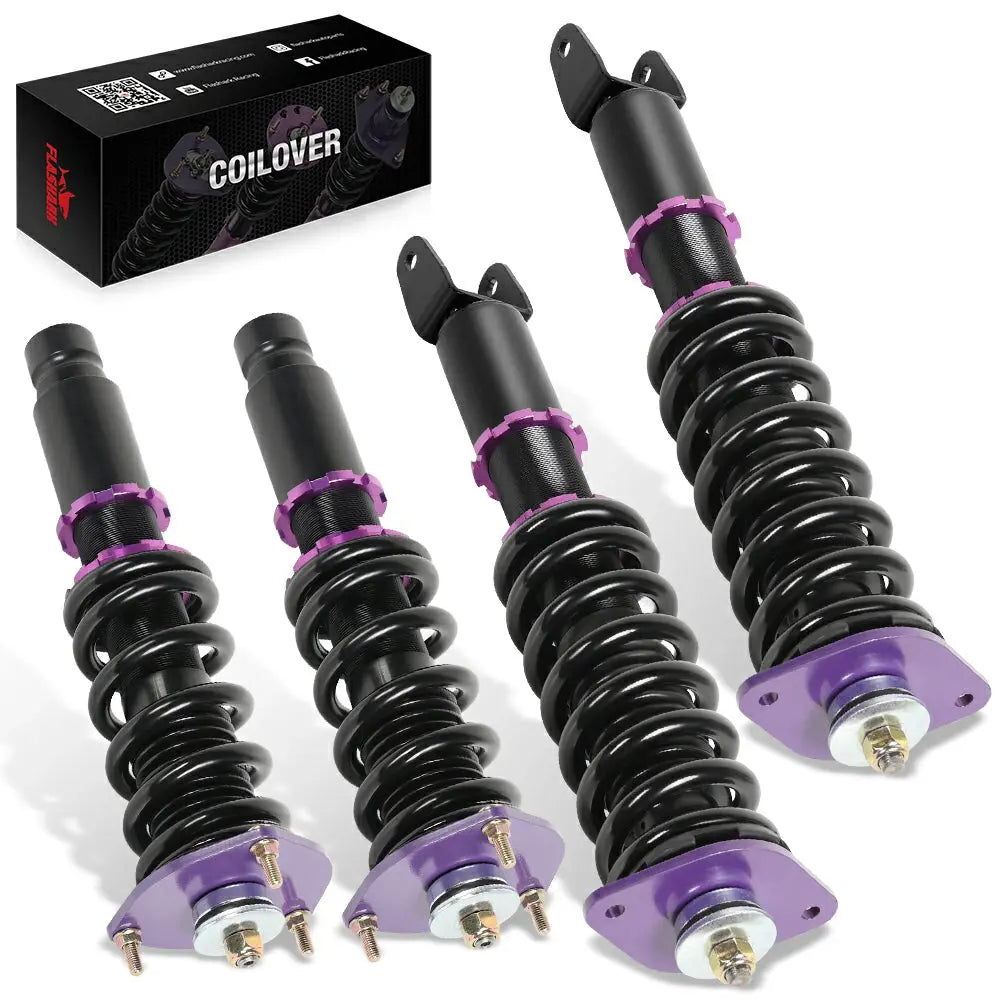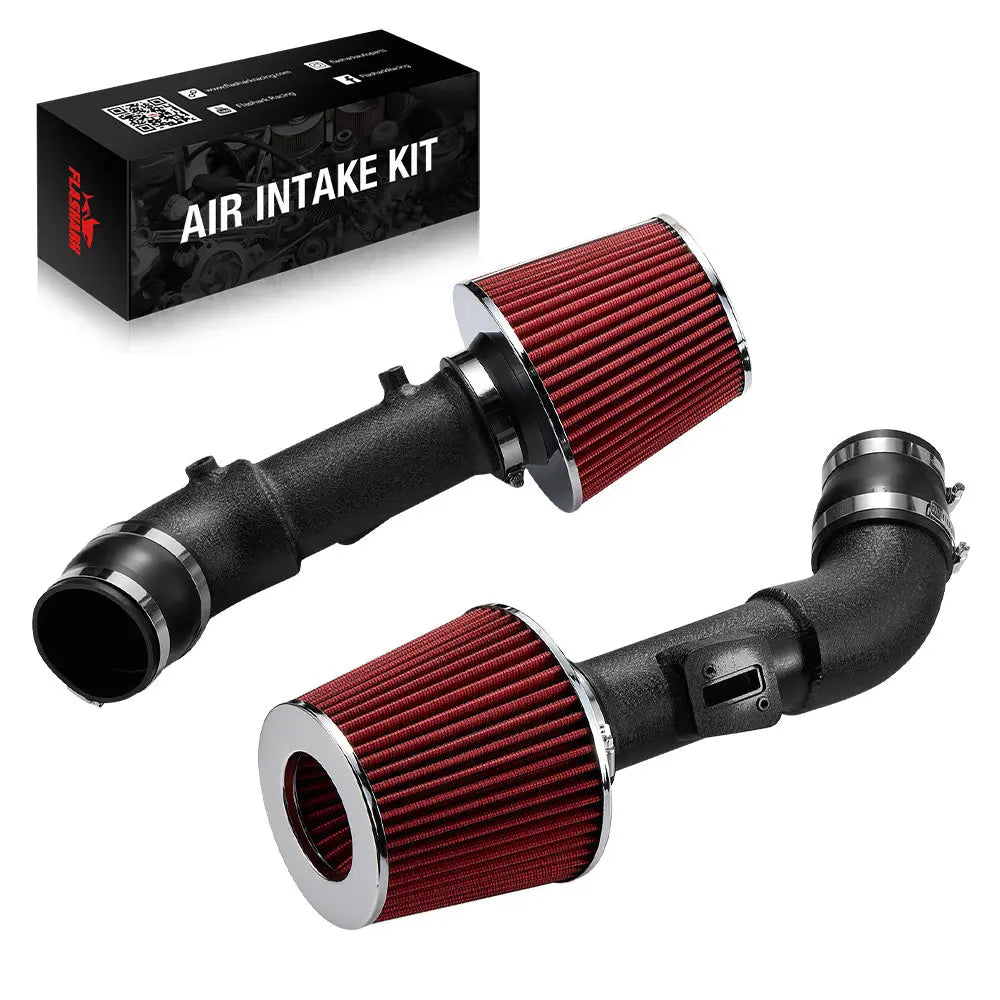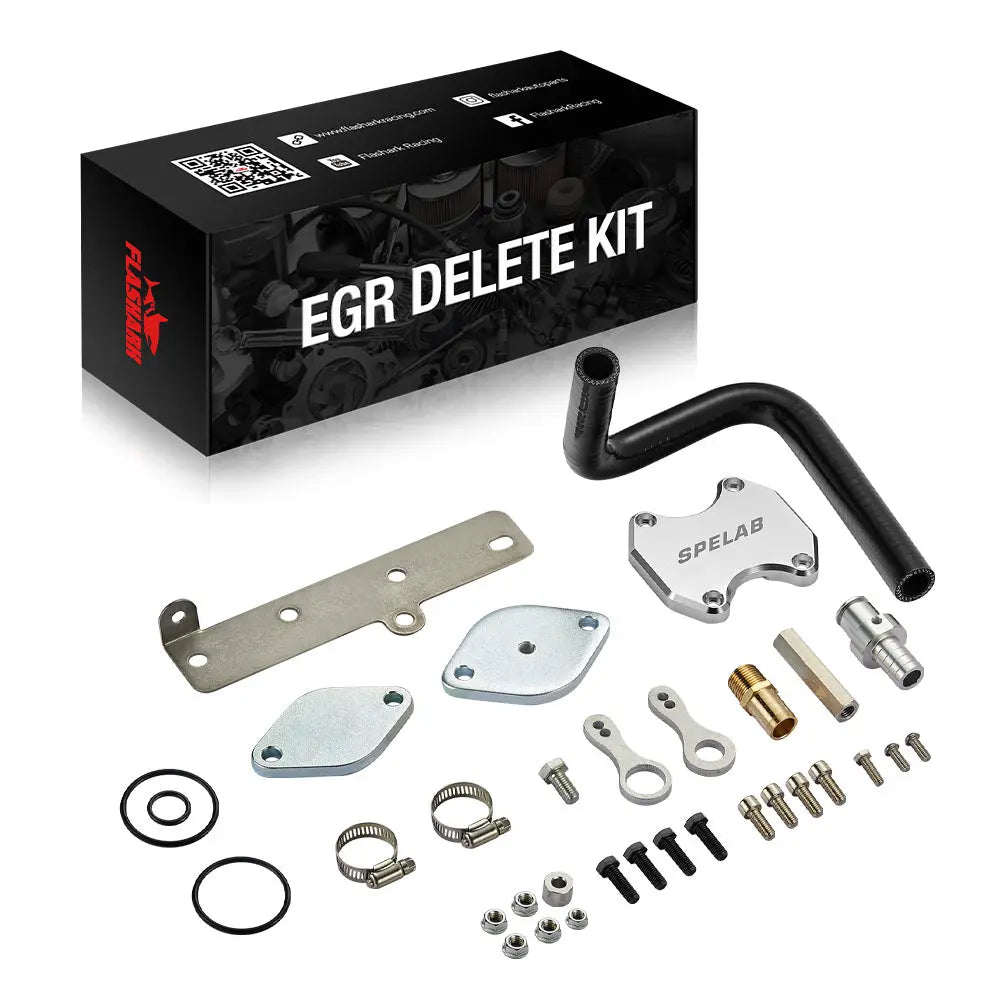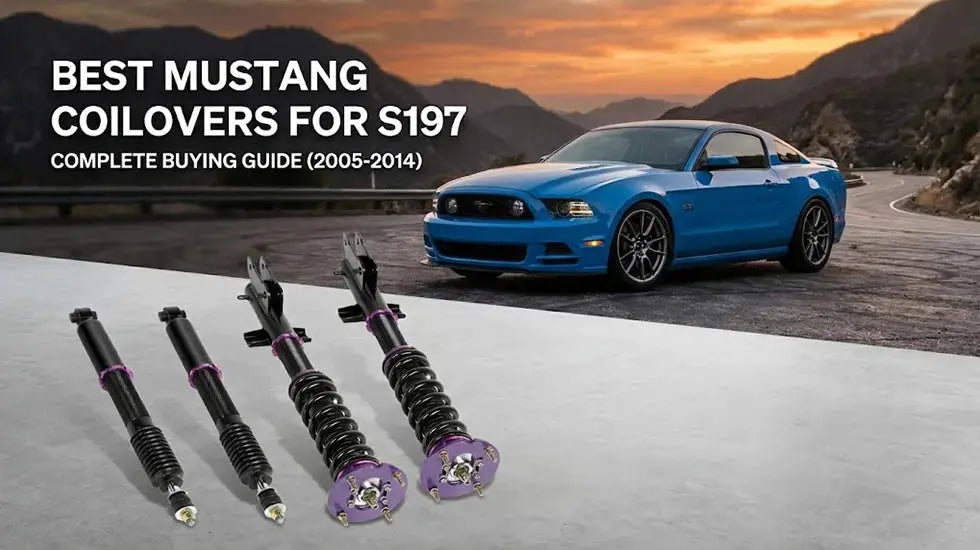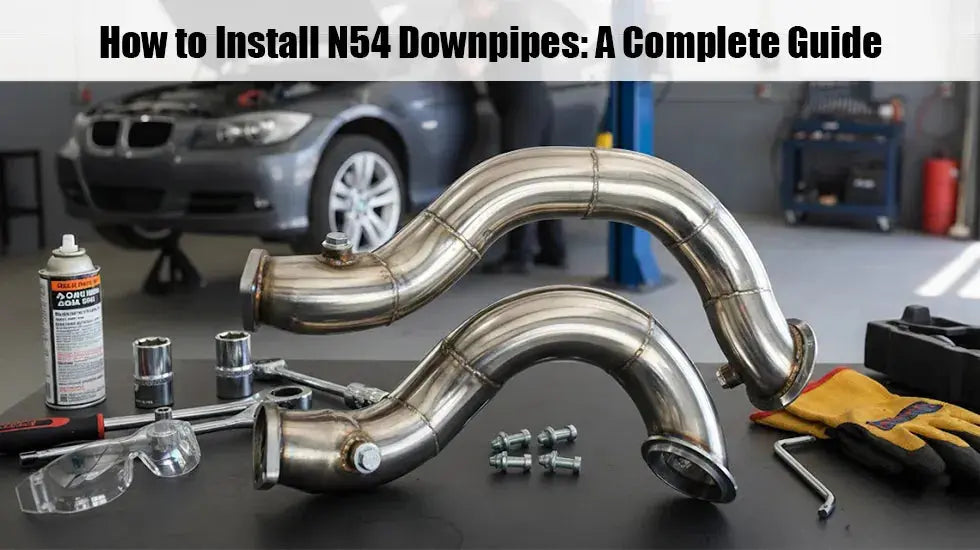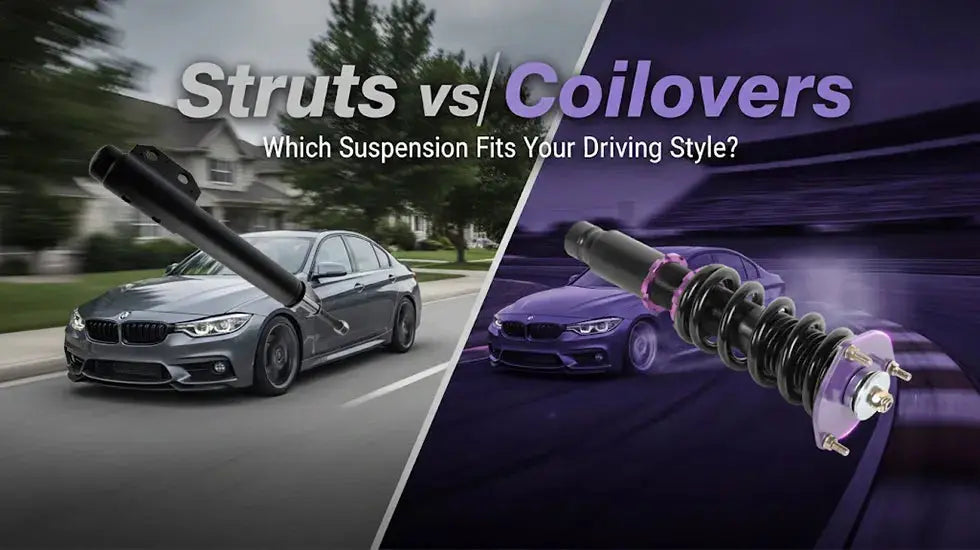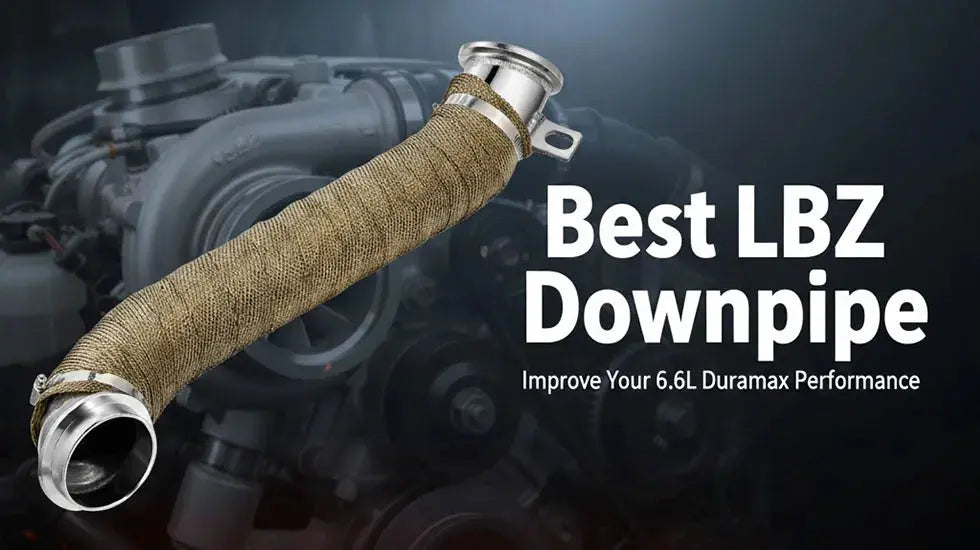When considering upgrades to your vehicle's suspension system, one common question arises: Do coilovers replace struts and shocks? To help you make an informed decision, let’s dive into what coilovers are, how they compare to shocks and struts, and whether they can replace both. Understanding these key components will help you choose the right suspension setup for your needs.
What Are Coilovers, Shocks, and Struts?
Before we discuss whether coilovers can replace struts and shocks, it’s important to understand the role each component plays in your vehicle's suspension system.
What are Shocks?
Shocks, short for shock absorbers, are designed to dampen the impact and reduce the oscillation of your vehicle’s springs. They control the motion of the spring to prevent excessive bouncing, ensuring your vehicle maintains a smooth ride. While they play an essential role in comfort, shocks alone do not support the vehicle’s weight or provide the necessary structural support.
What are Struts?
Struts are more than just shock absorbers; they are a structural component of the suspension system. In addition to absorbing shocks, struts also support the weight of the vehicle, and they play a critical role in maintaining the alignment of the wheels. Struts are typically found in vehicles with a MacPherson strut suspension design.
What Are Coilovers?
Coilovers are a combination of shocks and springs in one integrated unit. The key advantage of coilovers is their adjustability. You can modify the ride height and, in some cases, the damping rate, allowing you to fine-tune your suspension for different driving conditions, whether for comfort or performance.

Do Coilovers Replace Shocks?
One of the most common questions when considering coilovers is whether they replace regular shocks. The short answer is yes.
Coilovers contain a shock absorber within their design, meaning they can fully replace the traditional shocks in your suspension system. Not only do they serve the same basic function as shocks (dampening the impact of the springs), but they also offer the benefit of adjustability. This allows you to customize the ride feel and handling of your vehicle.
In high-performance vehicles, coilovers are often preferred over traditional shocks because they allow for more precise control. You can adjust the ride height and, in some cases, the damping force, making them ideal for performance driving, racing, or off-road conditions. Additionally, because coilovers integrate both the shock and the spring, they simplify installation and reduce the need for multiple suspension components.
Do Coilovers Replace Struts?
Coilovers can also replace struts in vehicles that use a MacPherson strut suspension. Let’s break down how this works.
In a strut-based suspension, the strut supports both the weight of the vehicle and helps absorb shocks. Coilovers replace this entire system by combining the shock absorber and spring into one unit. This means coilovers can provide the same support and shock absorption, but with the added benefit of adjustability.
While struts provide essential support for your vehicle, coilovers offer more flexibility and customization. With coilovers, you can adjust the ride height and stiffness of the suspension. This allows you to fine-tune the vehicle's handling to your preferences—whether you’re looking for a more comfortable ride or superior performance on a racetrack. Struts, on the other hand, are fixed in terms of ride height and stiffness.
Coilovers vs Shocks & Struts: Key Differences and Advantages
When comparing coilovers to shocks and struts, several key differences come into play. Understanding these will help you decide which is the best option for your vehicle.
Adjustability and Performance
Coilovers offer far more adjustability than shocks and struts. The ability to modify ride height and stiffness means you can easily adapt your suspension to different driving conditions. Whether you need a lower stance for a sporty look or a stiffer setup for better handling, coilovers provide flexibility that shocks and struts can’t match.
Ease of Installation
While shocks and struts are easier to install compared to coilovers, replacing the full suspension system with coilovers may be a more efficient option in the long run. Since coilovers integrate both the shock and spring, you can replace multiple components in one go. However, installation may be more complex due to the adjustable features, and you may need specialized tools.
Ride Quality and Comfort
In terms of comfort, traditional shocks and struts are designed to offer a smooth ride. Coilovers, depending on the setup, can provide a harsher or firmer ride, especially if the damping is set for performance. While coilovers can improve handling and responsiveness, they may not always deliver the smoothest ride for daily driving.
When Should You Consider Replacing Shocks or Struts with Coilovers?
Deciding whether to replace your shocks or struts with coilovers depends on your driving style and performance goals. Here are a few scenarios where coilovers make sense.
Performance and Handling Upgrades
If you’re looking to improve the handling and performance of your car—whether for street, track, or off-road—coilovers are an excellent choice. Their adjustability allows for a level of customization that shocks and struts alone cannot provide. Whether you want a stiffer setup for better cornering or a lower stance for a more aggressive look, coilovers offer the flexibility to achieve your goals.
Vehicle Lowering
For enthusiasts who want to lower their vehicle for a sportier stance, coilovers are often the best solution. They allow precise control over the ride height, giving you the ability to lower the vehicle without compromising on suspension performance.
Racing or Track Use
If you're modifying your car for racing or track use, coilovers are almost always the go-to choice. The ability to adjust the stiffness and ride height is crucial for optimizing your suspension for different types of racing surfaces or conditions.
How to Install Coilovers as a Replacement for Shocks and Struts
Installing coilovers requires a bit more skill than simply replacing shocks or struts. Here’s a basic overview of the installation process.
Step-by-Step Installation Process
-
Lift the Vehicle: Use a jack and jack stands to raise the car off the ground.
-
Remove Existing Components: Disconnect and remove the old shocks or struts.
-
Install the Coilovers: Place the coilovers into position and secure them in place.
-
Adjust Ride Height: Before tightening everything down, adjust the ride height to your desired level.
-
Align the Suspension: Ensure the suspension geometry is correct to avoid premature wear and improve handling.
Professional Installation
While the process can be done DIY, it’s recommended to have a professional handle the installation if you’re unsure about suspension setups. Incorrect installation can lead to handling issues or even safety concerns.
Common Mistakes to Avoid When Installing Coilovers
Installing coilovers may seem straightforward, but there are several common mistakes to watch out for.
Incorrect Ride Height Adjustment: One of the most common mistakes when installing coilovers is improper ride height adjustment. Setting the height too low can cause suspension damage, while too high can lead to poor handling and a lack of stability.
Neglecting Alignment: After installing coilovers, always perform a wheel alignment. Without proper alignment, your vehicle’s handling can be compromised, and tire wear can become uneven.
Over-tightening or Under-tightening Components: Ensure that all bolts are tightened to the manufacturer’s specifications. Over-tightening can damage components, while under-tightening can lead to loosening parts and a compromised suspension system.
Conclusion: Are Coilovers Right for You?
Coilovers can indeed replace both shocks and struts, offering a significant upgrade for those looking to improve their vehicle's performance and customization. Whether you want more control over ride height, stiffness, or overall handling, coilovers provide the flexibility that traditional shocks and struts simply can't match. However, it's essential to weigh the benefits of adjustability against the increased complexity of installation and potential ride comfort trade-offs.
If performance, handling, and customization are your priorities, coilovers are likely the best choice for you. If comfort is more important and you’re not as concerned with adjustability, sticking with shocks and struts might be a better option.

